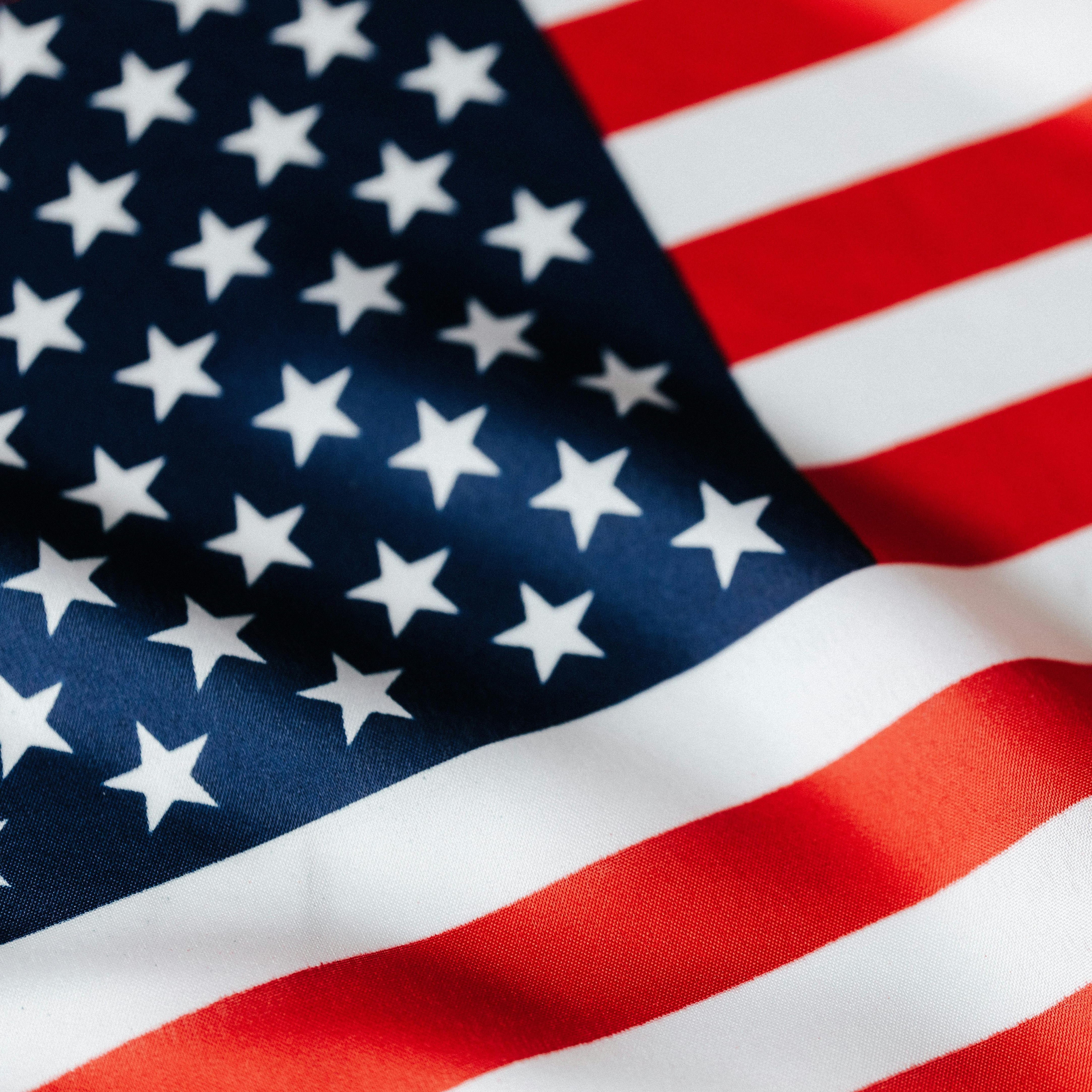
The Unfolding Conflict Over Immigration Narratives
The recent video featuring Ana Navarro’s comments has ignited a fierce debate on the differences in immigration narratives between Black Americans and Hispanic communities. Her statements, perceived by many as incendiary, highlight the entrenched complexities that make discussions about immigration not just a matter of policy, but a testament to historical injustices and racial tensions.
In CNN CUTS FEED After Ana Navarro GOES ON RACIAL RAMPAGE Over DEPORTATIONS, the discussion dives into the challenging narratives surrounding immigration, prompting further analysis on our end.
Navarro’s assertion that Black Americans' experience with immigration is unlike that of recent Hispanic immigrants raises significant questions about how historical context shapes contemporary perceptions of migrants. The fundamental differences in their journeys—with Black Americans being subjected to slavery and systemic racism—polarize perspectives in a nation grappling with its identity and values.
Diverse Perspectives on Racial Identity and Immigration
The clash of identities played out in the video serves as a microcosm for larger societal divides. Many conservative voices echo concerns that Hispanic immigrants are often perceived as receiving benefits unavailable to Black Americans, which exacerbates tensions. It’s crucial to understand that these grievances stem from a backdrop of historical inequities and the ongoing struggle for civil rights within minority communities.
As the economy continues to affect jobs and wages due to inflation, conversations about immigration become tangled in fears about economic competition and social equity. It puts conservative voters in a challenging position as they seek to advocate for job growth and stability while also grasping the intricacies of racial dynamics.
Implications for Political Strategy
From a political standpoint, the Republican Party finds itself at a crossroads. Amid rising immigration numbers and notable economic pressures, leaders like Donald Trump advocate for policies seen as “America First.” This stance resonates with constituents who prioritize national stability and economic security. Yet, as back-and-forth debates continue on platforms like CNN, conservative leaders must navigate the tricky waters between supporting strong immigration policies and fostering unity among diverse racial groups.
As we move closer to the next election, understanding these dynamics will be essential for prospective Republican candidates. They need to articulate clear policies while addressing historical grievances and current economic realities.
The video titled CNN CUTS FEED After Ana Navarro GOES ON RACIAL RAMPAGE Over DEPORTATIONS showcases a critical moment in this ongoing dialogue, as it forces both sides of the aisle to confront truths about race, immigration policy, and the American dream.
 Add Row
Add Row  Add
Add 




Write A Comment